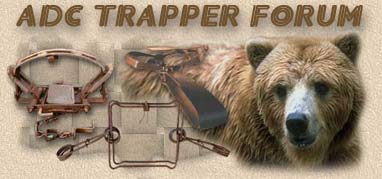In general, I would say start with the standard size trap and only move to the larger size mole trap if the standard seems like a loose fit in the tunnels. The larger size mole trap is only a bit less than 1/4 inch wider in jaw spread compared to the standard trap, so not a big difference, but it is important with an inside the tunnel style mole trap that the trap jaws be right out to the sides of the tunnel. If the jaws are much narrower than the tunnel, the moles will tend to go around the trap more often.
Moles are smaller in the southern states and larger in the northern states. So that is one factor that can influence the choice of trap size. I have listed a few of the northern states on our website as possible locations where the larger trap might be preferred because I got feedback from several people in those states that were having better results with the larger size traps. But the moles do vary a bit in size locally too.
Also soil type can affect the choice of trap size. The moles make slightly smaller tunnels in more solid clay type soils, and slightly bigger tunnels in softer or sandier type soils. Also, it is easy to place a larger size mole trap in a run through soft or sandy soil, even if the jaws are slightly wider than the tunnel, just shove it in. But you can't to that as easily in solid clay soils.
So it's not really an exact science. You could try to measure the width of a tunnel, but measuring tunnel width down to a quarter of an inch or less can be hard to do accurately in my experience, unless you have a really clean well formed tunnel.
I would say if you are in a northern state and tend to have soft or sandy soils, then go with the larger size, otherwise start with the standard size and only move to the larger size if you find the standard size a bit small for the tunnels.



